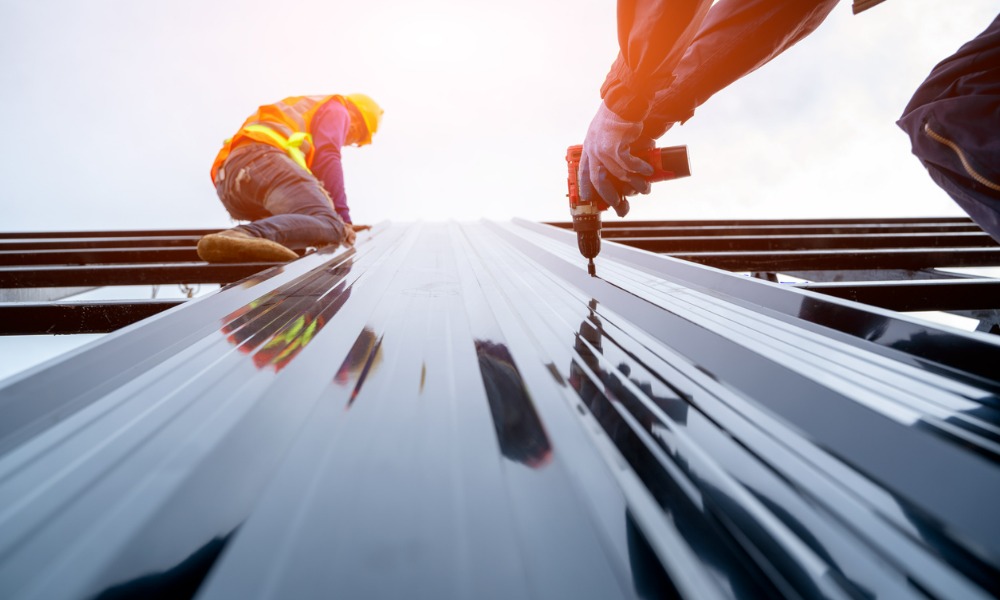The hazards and control methods to reduce rooftop risks

This article was produced in partnership with Kee Safety
Roofs are all around us. We live and work inside of structures that protect us from the elements. But aside from usually being high off the ground, a roof can also pose many other risks, and it’s important to understand what the hazards are and how to control them. A rooftop safety audit can identify the potential dangers and lead you to the prevention solutions.
“We all have a responsibility to make sure that the people visiting our facility, or the people that could be working on our facility are all safe,” says Nick Bixcul, strategic solutions manager with Kee Safety, “and a rooftop safety audit is the best place to start.”
It’s a crucial first step to ensuring the safety of everyone working on a roof, and is part of the complete guide on construction site fall protection. But working on roofs is not unique to construction workers. Heating and air conditioning units are often mounted on the tops of buildings, and they require regularly scheduled maintenance service. Plumbers, electricians, janitors, and other custodial staff may also need to work on the tops of structures.
Bixcul says the first part of a rooftop safety audit notes the access and egress points, which can sometimes pose the most danger because they are used so frequently. “And usually that's the one critical item that we look for right off the bat. What is the access? What is the egress? And how safe is it to get up on top of the roof?”
The next step is figuring out what are the other critical walking paths. Bixcul says HVAC units are among the most frequently visited items on a roof.
“We typically see that as another concern, because of the fact that someone's going to have to do maintenance on it, someone is going to have to do some repairs in the future, but they're always really super close to the edge of the building for whatever reason.”
Another typical hazard identified during a rooftop safety audit are unprotected ladders and access hatches. They should be surrounded by guardrails and safety gates, but Bixcul says, “99% of the time, we don't see them protected.”
These are the types of dangers lurking on rooftops, but every situation is different, and every structure is different. That’s why Bixcul says it’s important to work together to arrive at the best solutions, “it's a very collaborative initial conversation.”
Part of the discussion includes working within a defined budget and crafting a plan that can be presented to inspectors. Kee Safety also offers products that will not puncture a roof, which can cause leaks or void warranty.
Bixcul says one of the more popular choices for rooftop protection is the Kee Guard counterbalance weight system. He says it doesn’t require attachment to the roof in any way.
“It sits on the roof, you don't have to worry about penetrating the roof membrane. And the complexity of how the system works is very simple. It just sits there. And it will protect someone from falling if they were to fall against.”
But a rooftop safety audit isn’t meant to sell products, explains Bixcul. He says it’s simply about working together to achieve a greater level of safety. “The main job of Kee Safety is to separate the people from the hazards. Make sure everyone goes home at the end of the day.”





